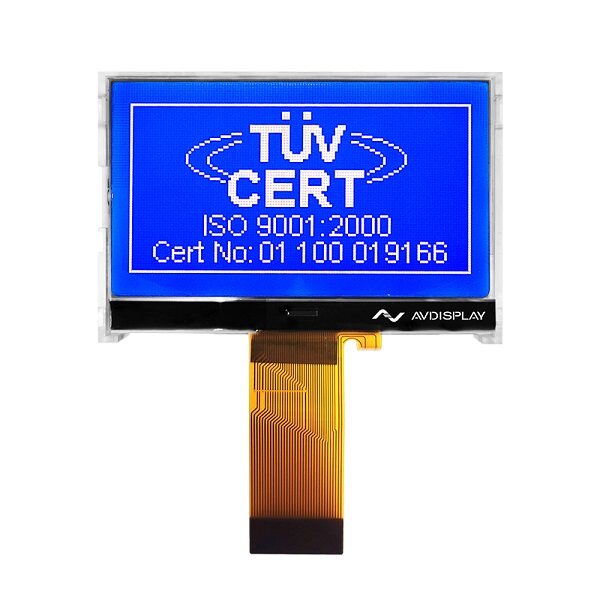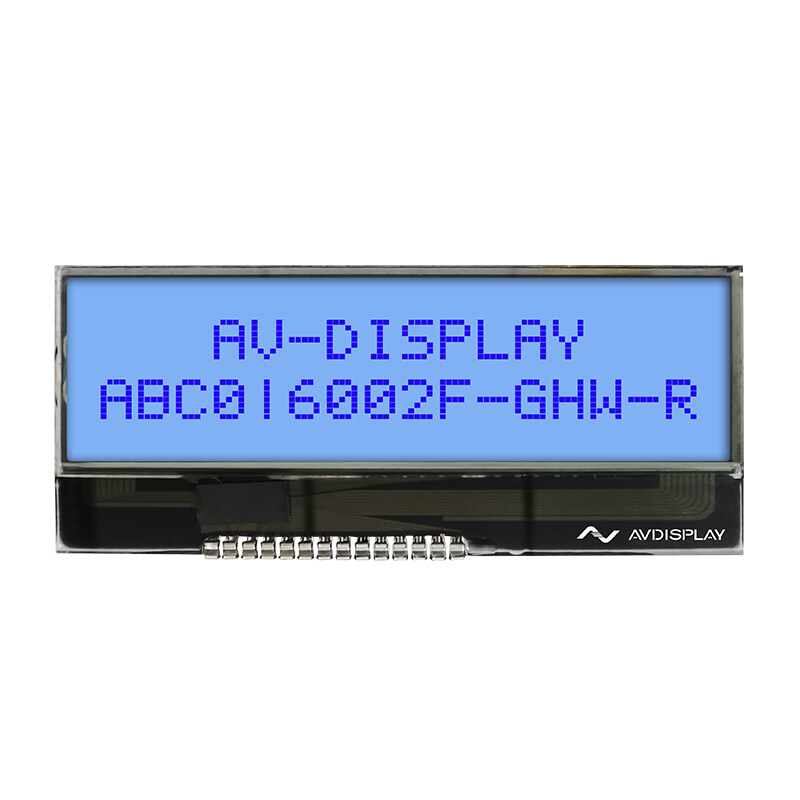Email format error
Email cannot be empty
Email already exists
6-20 characters(letters plus numbers only)
The password is inconsistent
Email format error
Email cannot be empty
Email does not exist
6-20 characters(letters plus numbers only)
The password is inconsistent



Liquid crystal displays (LCDs) have revolutionized the way we interact with technology, becoming an integral part of our daily lives. From smartphones and laptops to medical equipment and automotive displays, LCDs have found their way into a vast array of applications.
Among the various types of LCD displays available, COG (Chip-On-Glass) LCD displays have emerged as a popular choice due to their exceptional performance and compact design. COG LCD displays are manufactured by directly mounting the driver IC onto the glass substrate of the LCD panel, resulting in a thinner and more compact display that is easier to integrate into a wide range of devices. In this guide, you will get a comprehensive understanding of COG LCD displays and their suitability for your project.
Types of LCD Display
TN (Twisted Nematic) LCD: The most common type of LCD display is the TN LCD, which offers fast response times, low power consumption, and low cost. However, TN LCD displays have limited viewing angles and color reproduction.
IPS (In-Plane Switching) LCD: IPS LCD displays offer wider viewing angles and better color reproduction than TN LCD displays, making them ideal for high-end smartphones, tablets, and monitors.
VA (Vertical Alignment) LCD: VA LCD displays offer high contrast ratios and deep blacks, making them ideal for applications that require high-quality image reproduction. They are commonly used in televisions and computer monitors.
MVA (Multi-Domain Vertical Alignment) LCD: MVA LCD displays offer even higher contrast ratios than VA LCD displays, making them ideal for applications that require deep blacks and high-quality image reproduction.
OLED (Organic Light Emitting Diode) Display: OLED (Organic Light Emitting Diode) displays offer high contrast ratios, deep blacks, and wide viewing angles, as well as fast response times and low power consumption. They are commonly used in high-end smartphones, televisions, and monitors.
COG (Chip-On-Glass) LCD: COG LCD displays use chip-on-glass technology, which means that the driver IC is mounted directly onto the glass substrate of the LCD panel. This eliminates the need for a separate PCB, resulting in a thinner and more compact display. COG LCD displays are commonly used in wearables, medical devices, and industrial equipment.
COG LCD, or Chip-On-Glass LCD, is a type of display technology that is widely used in various applications, including medical devices, industrial equipment, and consumer electronics. COG LCD displays are known for their compact size, low power consumption, and high resolution, making them ideal for applications where space is limited and power consumption is a concern.
COG LCD displays are made by mounting the driver IC directly onto the glass substrate of the LCD panel, eliminating the need for a separate PCB. This results in a thinner and more compact display that is easier to integrate into a wide range of devices.
Compact Design - COG displays have a compact design, with the driver IC mounted directly on the glass substrate. This eliminates the need for a separate PCB for the driver, which reduces the overall size of the display.
Low Power Consumption - COG displays have low power consumption compared to other LCD technologies. This is because the driver IC is located closer to the pixels, reducing the power needed for signal transmission.
High Contrast - COG displays have high contrast due to the reduced distance between the LCD cells and the driver. This improved contrast enhances the display's readability.
Wide Temperature Range - COG displays have a wide temperature range, from -40°C to 85°C, which makes them suitable for use in harsh environments.
Thin Profile - COG displays have a thin profile, which makes them suitable for designs with limited space.
High Reliability - COG displays are highly reliable due to the elimination of the PCB and wiring that are prone to failure. The substrate is directly bonded with the chip, making the display more robust.
Various Customization Options - COG displays can be customized to meet specific design requirements, such as size, resolution, and connectivity options.
· Low Power Consumption for Battery-Powered Devices
· High Resolution and Pixel Density
· Thin and Compact Size
· Wide Viewing Angles to Take Photos
· Customization Options to Meet the Specific Requirements, including size, shape, and interface
· Different Level of Color Depth
· Comparatively Low Contrast Ratio to Make Less Clear and Sharp Images
· Less Backlighting Options - For example, when you are in low-light conditions, it will provide less brightness and visibility in outdoor signage or navigation systems
· Lower the Quality of Image in Extreme Angle
· More Expensive than TN or STN LCD Display
1.Display Size and Resolution: The size and resolution of the display should be appropriate for the application. Consider the viewing distance and the amount of detail required in the images. A higher resolution display may be necessary for applications that require clear and sharp images, such as medical devices or industrial equipment.
2.Viewing Angle: The viewing angle of the display is important, especially for applications where the display will be viewed from different angles. Consider the number of people who will be viewing the display and from what angles. A wide viewing angle is important for applications such as public displays or kiosks.
3.Contrast Ratio: The contrast ratio is important for applications where the display will be used in bright environments, as it will make the images more visible. Consider the lighting conditions in which the display will be used. A higher contrast ratio may be necessary for outdoor signage or navigation systems.
4.Power Consumption: Power consumption is important, especially for battery-powered devices. COG LCD displays with lower power consumption will help to extend the battery life of the device. Consider the amount of power available and the expected usage time. A lower power consumption display may be necessary for portable medical devices or consumer electronics.
5.Operating Temperature Range: The operating temperature range of the display is important, especially for applications where the device will be used in extreme temperatures. Consider the temperature range in which the device will be used and the potential for temperature fluctuations. A wider operating temperature range may be necessary for industrial equipment or outdoor signage.
If you are looking for high-quality COG LCD displays for your application, look no further than Shenzhen AV-Display Co., Ltd. We offer a wide range of COG LCD displays that are designed to meet the specific requirements of your application. Our displays are made using the latest technology and are rigorously tested to ensure that they meet the highest quality standards. Once you meet any professional problem, you can also reach out to us!
Contact us to learn more about our COG LCD displays and how we can help you with your display needs.